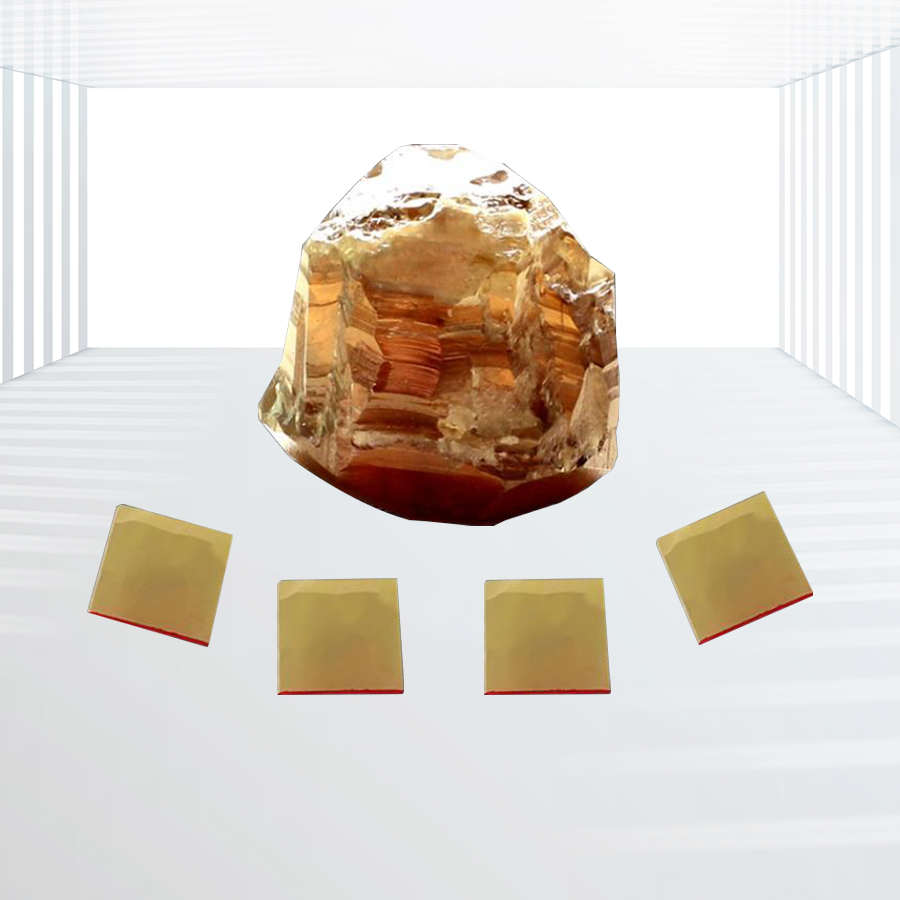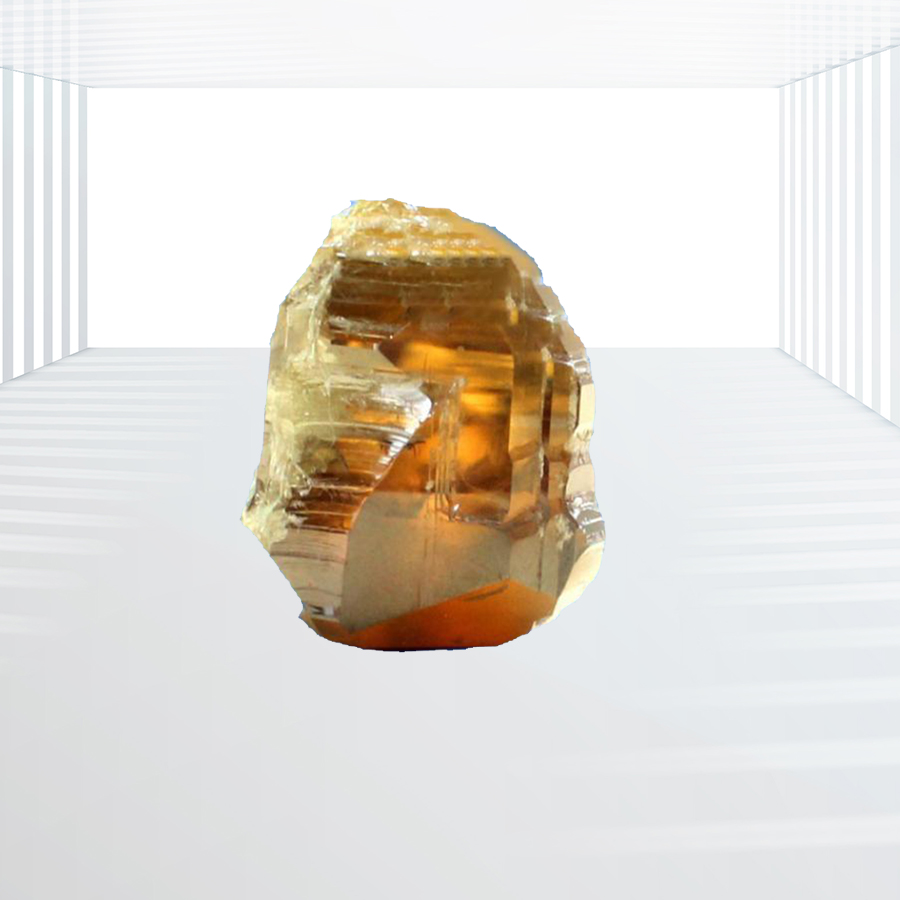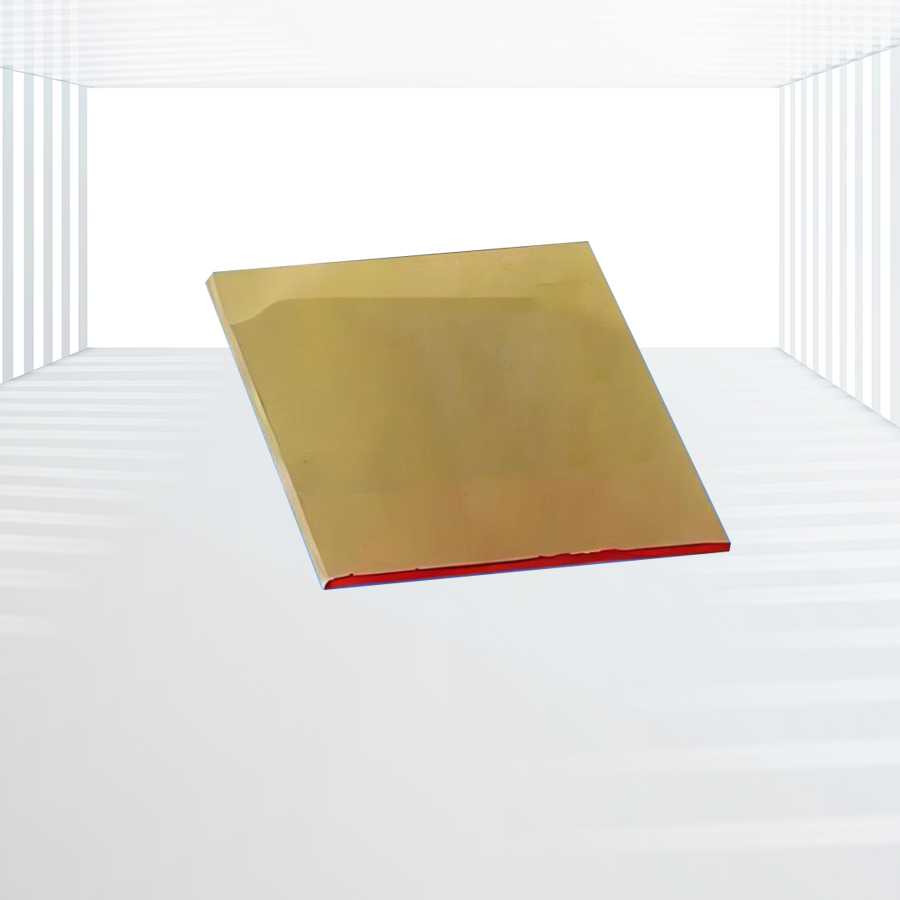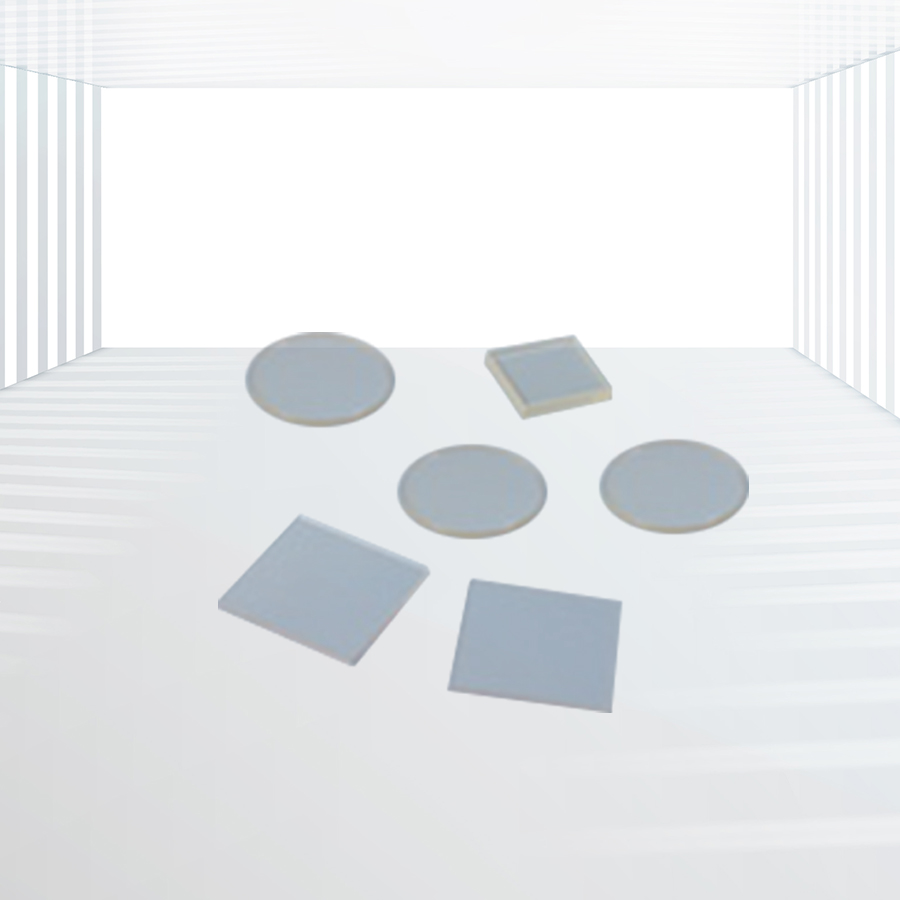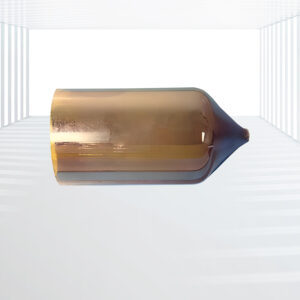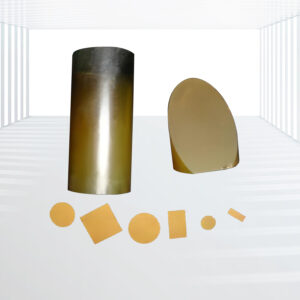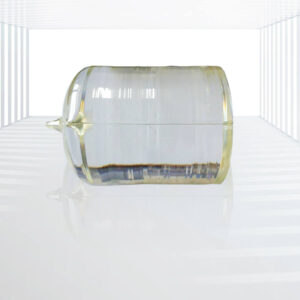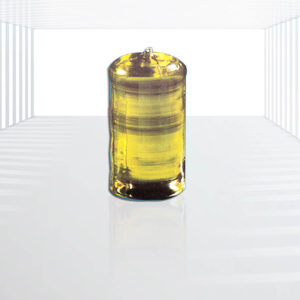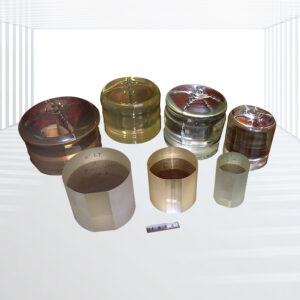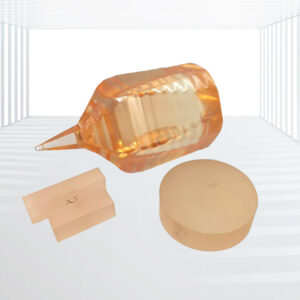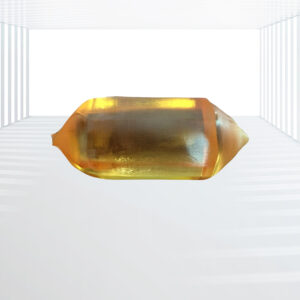BaTiO3 Crystals
Simple description:
BaTiO3 crystals possesses excellent photorefractive properties, with high self-pumped phase conjugate reflectivity and two-wave mixing ( amplification) efficiency, which has great potential for application in optical information storage; at the same time, it is also an important substrate material.
Advantages:High Dielectric Constant, Excellent Optical Properties, High Thermal Stability, Good Piezoelectric Properties
Application fields:Electronic Components, Optical Devices, Microwave Dielectric Ceramics, prepare catalysts, ceramic glazes, fillers for plastics and rubbers, etc.
Simple description:
BaTiO3 crystals possesses excellent photorefractive properties, with high self-pumped phase conjugate reflectivity and two-wave mixing ( amplification) efficiency, which has great potential for application in optical information storage; at the same time, it is also an important substrate material.
Detailed Description:
Barium Titanate, with the chemical formula BaTiO₃, is an important inorganic compound that exhibits various excellent physical and chemical properties. It is a white or light gray powder or crystal, typically presenting a cubic crystal structure, but undergoing crystal phase transitions under specific conditions such as temperature and pressure changes. Barium titanate possesses high dielectric constant, ferroelectricity, piezoelectricity, and pyroelectricity, which make it widely used in fields such as electronic ceramics, capacitors, sensors, piezoelectric ceramics, positive temperature coefficient (PTC) thermistors, and microwave dielectric ceramics. Additionally, barium titanate demonstrates good chemical and thermal stability, maintaining the stability of its properties within a wide temperature range.
Advantages:
- High Dielectric Constant:Barium titanate possesses a high dielectric constant, making it widely used in electronic components such as capacitors and piezoelectric sensors.
- Excellent Optical Properties:Barium titanate exhibits high refractive index and transmittance, suitable for the preparation of optical devices such as optical glass and optical films.
- High Thermal Stability:Barium titanate can remain stable at high temperatures, making it suitable for the preparation of high-temperature materials such as high-temperature ceramics and catalysts.
- Good Piezoelectric Properties:Barium titanate can undergo mechanical deformation when a voltage is applied, or generate a voltage when a force is applied. This makes it widely used in sensors, acoustic wave filters, and other fields.
- Other Advantages:Barium titanate also has low dielectric loss, high resistivity, high voltage withstand strength, and excellent insulation properties. These properties make it the basic raw material for electronic functional ceramic devices and it is known as the “pillar of the electronic ceramic industry”.
Application fields:
- Electronic Components:
- Barium titanate is a key material for manufacturing electronic components such as multilayer ceramic capacitors (MLCCs), positive temperature coefficient (PTC) thermistors, and piezoelectric ceramics due to its high dielectric constant and excellent ferroelectric and piezoelectric properties.
- It occupies an important position in the electronic ceramic industry and is known as the “pillar of the electronic ceramic industry”.
- Optical Devices:
- Barium titanate can be used to prepare optical devices such as optical glass and optical films due to its high refractive index and transmittance.
- Microwave Dielectric Ceramics:
- The dielectric properties of barium titanate vary with its composition. Certain barium titanate ceramics with specific compositions exhibit excellent microwave dielectric properties and can be used in microwave dielectric resonators, filters, substrates, etc.
- Other Applications:
Barium titanate can also be used to prepare catalysts, ceramic glazes, fillers for plastics and rubbers, etc.
When the particle size of barium titanate reaches the nanometer scale, it exhibits unique photoluminescence and photocatalytic activity and can be used for the degradation of organic pollutants.
Specifications:
| Parameter | Value/Description | |||||
| Crystal structure | Four directions Tetragona(4m): 13°C < T <132°C a=3.99 ,c=4.04,(at 26°C) | |||||
| Density | 6.02(g/cm3) | |||||
| Melting point | 1612℃ | |||||
| Growth method | TSSG (Top Seeded Solution Growth) | |||||
| Dielectric constant | ea=3700 ec=135(Free state) | |||||
| ea=2400 ec=60 (Blessing state) | ||||||
| Refractive index | 515nm | 633nm | 800nm | |||
| no | 2.4912 | 2.4160 | 2.3681 | |||
| no | 2.4247 | 2.3630 | 2.3235 | |||
| Through the wavelength range | 0.43-6.30mm | |||||
| Photovoltaic coefficient | r1T3=8±2pm/V rT33=105±10pm/V rT42=1300±100pm/V | |||||
| Self-pumped phase conjugate reflectivity (0 degree cut) | 50 – 70 % for l = 515nm(Ce: BaTiO3) | |||||
| 40 – 60 % (PureBaTiO3) for l = 515nm | ||||||
| 50 – 80 % for l = 633nm(Ce: BaTiO3) | ||||||
| 40 – 60 % for l = 633nm (PureBaTiO3) | ||||||
| Second-order mixing coupling coefficient | 10-40 cm-1 | |||||
| Absorb losses | l: 515nm | 633nm | 800nm | |||
| a: 0.285cm-1 | 0.108cm-1 | 0.033cm-1 | ||||

